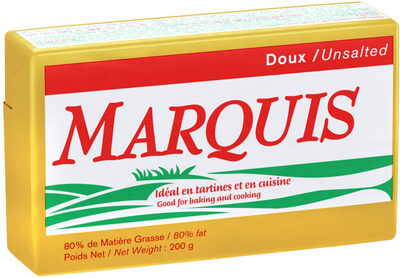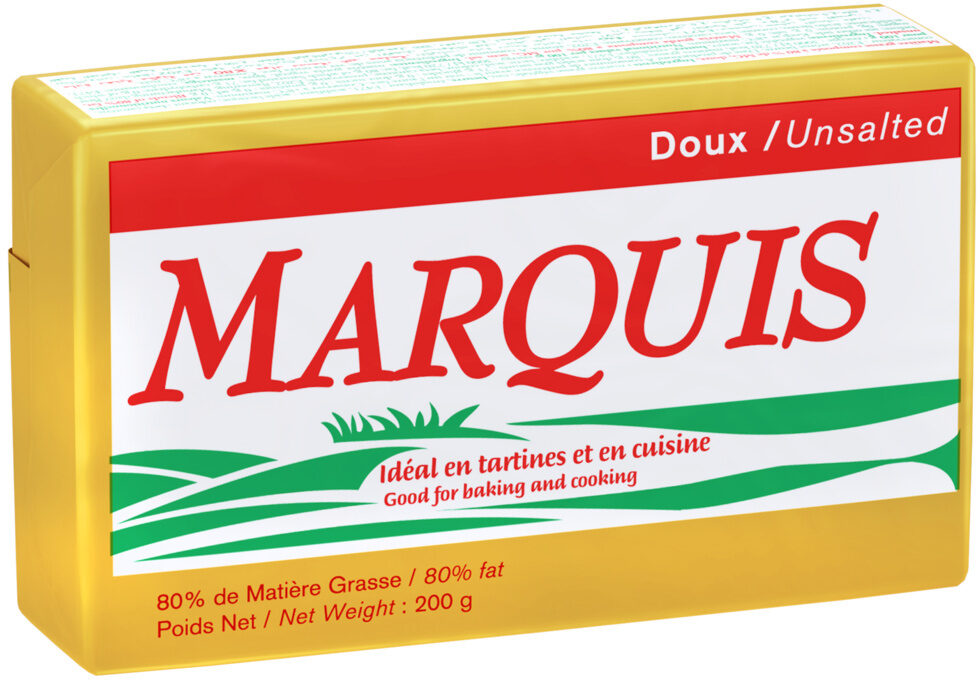Marquis 80%MG Doux - 200 g
Halaman produk ini tidak lengkap. Anda dapat membantu melengkapinya dengan menyunting dan menambahkan lebih banyak data dari foto yang kami sediakan, atau dengan mengambil lebih banyak foto menggunakan aplikasi yang tersedia untuk Android atau iPhone/iPad. Terima kasih!
×
Beberapa data untuk produk ini telah disediakan langsung oleh produsen Elle&Vire.
Kode batang: 3451790824326 (EAN / EAN-13)
Nama yang umum: Matière grasse composée à 80% de MG, doux
Kuantitas: 200 g
Kemasan: en:Fresh, fr:Film plastique, fr:Matériau composite
Merek - merek: Marquis
Pemilik merek: Savencia
Kategori: en:Plant-based foods and beverages, Produk susu, en:Plant-based foods, en:Fats, en:Spreads, en:Plant-based spreads, en:Spreadable fats, en:Vegetable fats, en:Animal fats, en:Milkfat, en:Dairy spread, en:Margarines, en:Butters
Asal usul bahan: Perancis
Tempat pembuatan atau pemrosesan: Normandie, France, Belgique
Kode keterlacakan: FR 50.139.001 CE - Condé-sur-Vire (Manche, France)
Tautkan ke halaman produk di situs resmi produsen: https://www.elle-et-vire.com/en/produits...
Toko: Toutes enseignes GMS
Negara tempat dijual: Belgia, Bulgaria, Pantai Gading, Perancis, Jerman, Yunani, Indonesia, Irak, Republik Irlandia, Lebanon, Luksemburg, Belanda, Spanyol, Uni Emirat Arab, Britania Raya, fr:Angle, fr:Angleterre
Menyesuaikan dengan preferensi Anda
Lingkungan
Jejak karbon
Kemasan
Transportasi
Informasi lain
Layanan pelanggan: Elle & Vire Produits Laitiers, Service Consommateurs 50890 Condé-sur-Vire, France - N°Cristal 09 69 39 54 12
Report a problem
Sumber - sumber data
Produk - produk ditambahkan pada oleh kiliweb
Penyuntingan terakhir halaman produk pada oleh bartolomeu.
Halaman produk juga disunting oleh ecoscore-impact-estimator, geodata, moon-rabbit, openfoodfacts-contributors, org-elle-vire, packbot, stephane, yuka.CJNJDPKBEZN5GML19LMVzSaHF_u9LPpgB1I9og, yuka.UlBBaUxhZFpoZWMyeGNBQTBDR04zUEpWMzdEeEEyQ1JLN3NBSVE9PQ.










